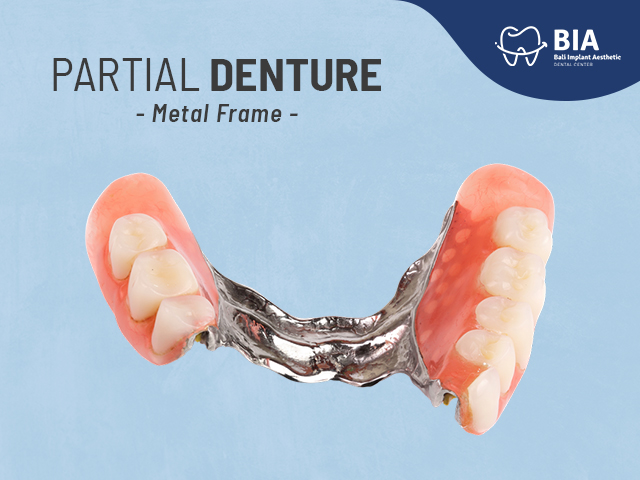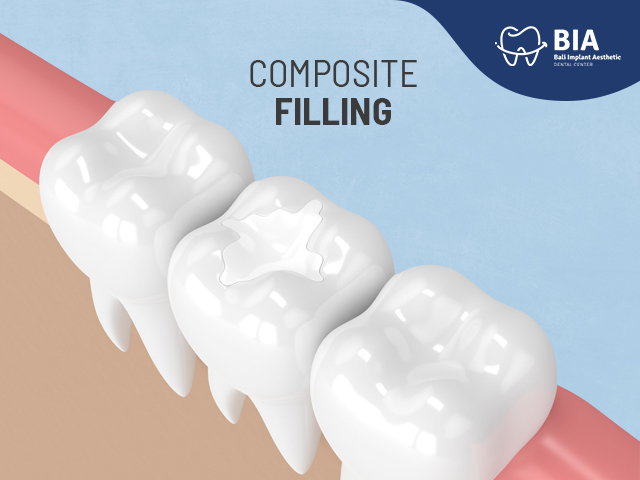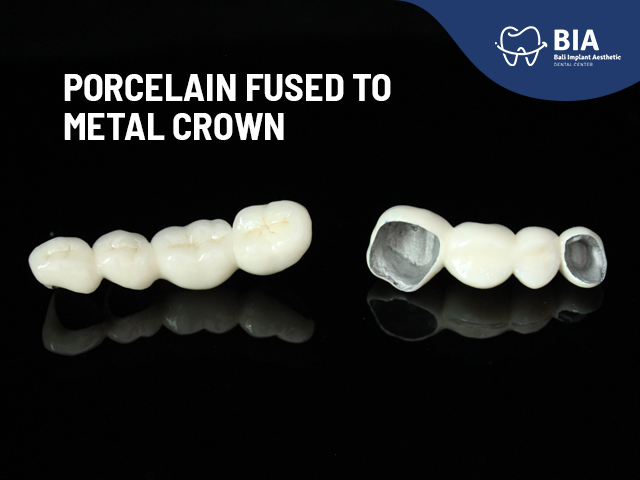Anesthesia Options for Pediatric Dental Patients: Understanding the Benefits and Risks
Article | 2024-05-25 10:00:25
Home » Articles » Anesthesia Options for Pediatric Dental Patients: Understanding the Benefits and Risks
AnesthesiaOptions for Pediatric Dental Patients: Understanding the Benefits and Risks
Anesthesiaplays a crucial role in pediatric dental care, particularly for children whomay have difficulty cooperating or experiencing high levels of anxiety duringtreatment. There are several anesthesia options available for pediatric dentalpatients, each with its own benefits and risks. These options include localanesthesia that used topically or injectable, sedation, and general anesthesia.The dentist will consider factors such as the child's age, medical history, andthe nature of the dental procedure to determine the most appropriate anesthesiaoption for your child's specific needs. By gaining a clear understanding of thebenefits and risks of anesthesia for children in dentistry, parents can makeinformed decisions and ensure the safety and comfort of their child duringdental treatment.
Localanesthesia is often the first choice for pediatric dental procedures. It numbsthe area being treated, allowing thechild to remain awake and cooperative while minimizing discomfort. Localanesthesia can be used topically through the application of numbing gels orinjectable through the spesific area being treated. Local anesthesia isbeneficial because it allows the child to remain awake during the procedure andexperience minimal discomfort. However, there may be a risk of the child movingduring the treatment. This can be particularly useful for minor treatments suchas fillings or simple extractions.
Whenconsidering local anesthesia for pediatric dental patients, it's important tounderstand the two common methods of administration: topical anesthesia andinjection anesthesia. Topical anesthesia involves the application of numbinggels or creams to the specific area being treated. This method is effective innumbing the surface providing temporary relief from pain and discomfort. On theother hand, injection anesthesia is administered through a needle directly intothe targeted area, providing profound numbing effects that last longer thantopical anesthesia. While injection anesthesia may sound intimidating, it isoften the preferred choice for more complex procedures or when longer-lastingpain relief is required.
Topicalanesthetics can be particularly helpful for minimizing discomfort during minordental procedures such as dental cleanings or the placement of sealants. Theuse of topical anesthetics can greatly enhance the overall experience for thechild by reducing anxiety and pain during these procedures. One of the mainadvantages using topical anasthetics is it helps to reduce the discomfortassociated with local anesthesia injections. By numbing the surface of the oralmucosa, topical anesthetics can make the process of administering localanesthesia more tolerable for the child, alleviating any potential anxiety orfear they may have about the injections. One of the weaknesses of topicalanesthesia is its short duration and relatively low strength. While it providesquick relief and comfort during dental procedures, the numbing effect may wearoff sooner than desired, requiring additional applications. This can be achallenge, particularly for longer or more complex dental treatments wheresustained pain relief is needed.
Forproviding profound numbing effects that last longer than topical anesthesia,injection anesthesia is often the preferred choice. Injection anesthesia,commonly known as local anesthetic injections, involves the directadministration of anesthetic medication into the targeted area using a needle.This method allows for precise and effective pain relief by blocking the nervesin the specific area being treated. The numbing effect of the local anestheticwill allow your child to undergo the dental procedure without feeling pain ordiscomfort. But for some children, receiving anesthesia, especially throughneedle injections can be a significant source of fear and anxiety. This canlead to reluctance to undergo necessary dental procedures, causing potentiallong-term oral health issues. In this context, the use of injection localanesthesia may present challenges due to the fear of needle injections. As aparent, it's important to address these concerns with the dentist and discussstrategies to mitigate the potential psychological impact of anesthesia on yourchild. Understanding your child's fears and anxieties can help the dental teamtailor their approach to minimize stress and create a more comfortableenvironment for the procedure.
It'sunderstandable that as a parent, you may have concerns about your childreceiving injections. However, it's important to trust the expertise of thedental professional administering the anesthetic. They will take everyprecaution to ensure that the injection process is as gentle and stress-free aspossible for your child. Additionally, alternative methods such as distractiontechniques, the use of child-friendly language, and creating a supportive andreassuring atmosphere in the dental office can help alleviate your child'sanxiety about anesthesia and dental procedures. These approaches can play acrucial role in building your child's confidence and cooperation, ultimatelycontributing to a more positive dental experience.
Sedation,on the other hand, involves the use of medications to calm and relax the childduring the procedure. It can range from mild sedation, where the child is stillconscious but relaxed, to deep sedation where the child may be asleep butresponsive. Sedation can help children with dental anxiety or those who havedifficulty sitting still for long periods. However, there are potential risksassociated with sedation, including the child's response to the medication andthe need for monitoring during and after the procedure. Sedation highlyrecommend to used for kids with high levels of anxiety or have special needs,sedation may be the most suitable option to ensure a positive and stress-freedental experience. The use of sedation can help alleviate fear, reducediscomfort, and make it easier for the dentist to perform necessary dental workin a safe and controlled manner. Its also be beneficial for children whorequire extensive dental work, because allows for a controlled and safeenvironment for the dentist to address multiple dental issues without causingundue stress or anxiety for the child. In addition, sedation dentistry can helpin cases where a child has a strong gag reflex, difficulty sitting still, orhas sensory sensitivities that may make it challenging to undergo dentaltreatments without distress.
Whilesedation dentistry presents numerous benefits for children, it's essential forparents to be aware of the potential risks associated with this approach. Oneof the primary concerns is the risk of sedation itself, as it can affect eachchild differently. Some children may experience adverse reactions to sedativemedications, and there is always a slight risk of respiratory depression orallergic reactions. Furthermore, there is a small risk of prolonged sedationeffects or delayed recovery, which can lead to post-operative drowsiness,nausea, or disorientation. While these occurrences are rare, it's important forparents to be mindful of the potential side effects and discuss any concernswith the dental team before proceeding with sedation dentistry for their child.
Generalanesthesia is the most comprehensive anesthesia option for pediatric dentalpatients. It involves putting the child into a controlled state ofunconsciousness, allowing for pain-free and stress-free dental treatment.General anesthesia can be highly beneficial for children who have extensivedental needs or those who are unable to cooperate due to fear or developmentalissues. By rendering the child unconscious, general anesthesia eliminates anydiscomfort or anxiety, allowing the dentist to efficiently perform complex andlengthy procedures in a controlled manner. Additionally, general anesthesia canbe particularly advantageous for children with special needs, as it provides asafe and stress-free environment for the delivery of comprehensive dental care.While general anesthesia allows for the completion of complex treatments in asingle session, it also carries higher risks compared to local anesthesia orsedation.
Aswith any medical procedure, there are inherent risks associated with generalanesthesia, including the possibility of allergic reactions, respiratorycomplications, and adverse effects on vital signs. Furthermore, the recoveryfrom general anesthesia can occasionally result in post-operative nausea,vomiting, or grogginess. It's important for parents to discuss these potentialrisks with the dental team and seek clarification on the monitoring proceduresand emergency preparedness in place during and after the administration ofgeneral anesthesia. Before considering general anesthesia for your child, it isessential to have a thorough discussion with the dentist or anesthesiologist,ensuring that all possible outcomes and safety measures are clearlycommunicated and understood.
Byconsidering the psychological impact of anesthesia on pediatric dental patientsand working closely with the dental team to address any fears or anxieties, youcan help ensure that your child receives the necessary dental care in asupportive and comfortable manner.
References:
- Andreeva,R. (2018). Indications for Dental Treatment Under General Anesthesia. ScriptaScientifica Medica, 50(3):15-18.
- Appukuttan,D. (2016). Strategies to manage patients with dental anxiety and dental phobia:literature review. Clinical, Cosmetic and Investigational Dentistry, 10(8):35-50.
- Elicherla,S R., Sahithi, V., Saikiran, K V., Nunna, M., Challa, R R., & Nuvvula, S.(2021). Local Anesthesia in Pediatric Dentistry: A Literature Review on CurrentAlternative Techniques and Approaches. Journal of South AsianAssociation of Pediatric Dentistry, 4(2):148-152
- AmericanAcademy of Pediatric Dentistry (2023) Use of Local Anesthesia for PediatricDental Patients. The Reference Manual of Pediatric Dentistry. Chicago, Ill.:American Academy of Pediatric Dentistry; 385-92.
BIA (Bali Implant Aesthetic) DentalCenter has competent dentists to handle all treatments, especially forpediatric patients. We implement anesthesia and supportive tools (music,aromatherapy, squishy toys, TV shows) to reduce patient anxiety before andduring treatment, as well as to enhance patient Mental Healthiness andWell-being.
"One Stop Dental Solution foryour teeth"
Our services: BIA X-RAY, BIA FARMA,BIA LAB and BIA Anestesi
Contact Information:
BIA (Bali Implant Aesthetic) Dental Center
Jl. Sunset Road No.168, Seminyak, Badung,Bali Indonesia 80361
+6282139396161




